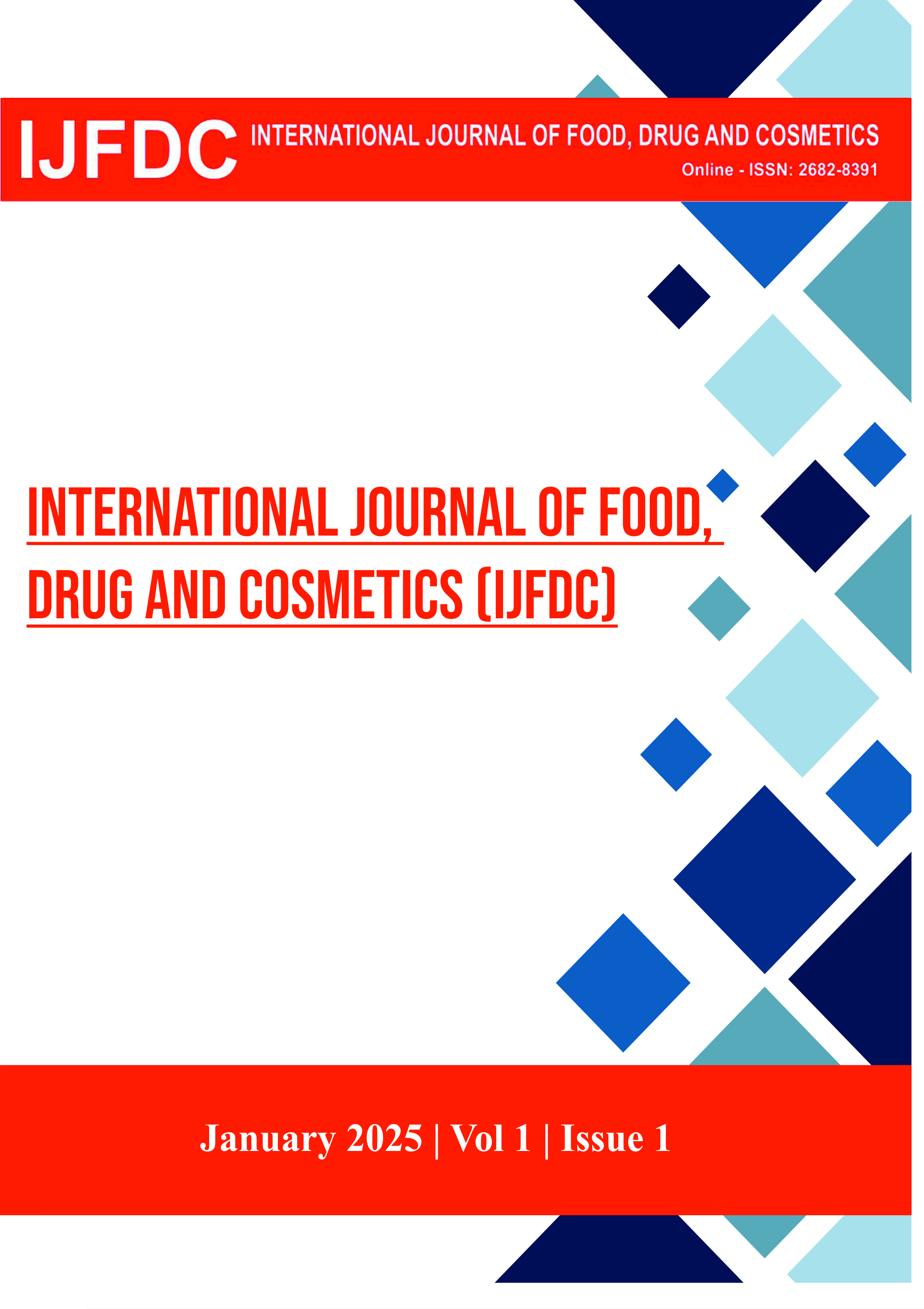THE ANTI-DIABETIC EFFECT OF PHYLLANTHUS EMBLICA ON RODENT MODELS: A SCOPING REVIEW AND META ANALYSIS
DOI:
https://doi.org/10.31674/ijfdc.2025.v1i01.002Abstract
Abstract
There are growing studies in the field of managing diabetes by using the natural remedies which demonstrate the efficacy of herbal plants in lowering down the blood glucose level. The use of natural remedies in diabetes management is still crucial since they offer a wider range of therapeutic benefits which renders great opportunity in providing a potential alternative approach that can increase the effectiveness in managing diabetes. The medicinal plants contain various kind of biologically active compounds with potential synergistic effects such as Phyllanthus emblica have antioxidant and anti-inflammatory effects that are oriented at multiple pathways that contribute to the antidiabetic action. Additionally, natural remedies can also accommodate the preferences of patients, cultural norms, and individualised treatment plans. Therefore, this research aimed to gather the existing evidences to comprehensively evaluate the therapeutic potential of Phyllanthus emblica in managing diabetes in the rodent models and determine the overall effect size of the Phyllanthus emblica on the key diabetes-related parameters such as blood glucose level, HbA1c and blood insulin level. A thorough search on databases PubMed, Mendeley, Web of Science, Scopus and Cochrane Library without date restriction were performed based on the PRISMA guidelines. Subgroup analyses was performed based on the gender, PE parts, rodents’ types and diabetes induction method for each diabetes-related parameter. The pooled effect size obtained from meta-analysis of effects of PE extracts on the blood glucose level is -3.19 [-4.88, -1.50], p = 0.0002, I2 = 87%, on HbA1c is -4.42 [-7.00, -1.83], p = 0.0008, I2 = 80%, while for blood insulin level is 3.46 [1.62, 5.30], I2 = 81%, p = 0.0002. The overall pooled effect results revealed the ability of PE extracts in reducing the blood glucose level, HbA1c and improving the blood insulin level in the diabetic rodent models. The is no significant difference between males and females (p = 0.62), PE parts (fruits or leaves) and stembarks (p = 0.72) or the types of rodents (p = 0.16) on the effect of PE extracts on the blood glucose levels. In contrast, there are statistically significant differences between the males and females (p = 0.007), PE parts (fruits or leaves) (p = 0.007) or the types of rodents (p = 0.007) effect of PE extracts on the HbA1c in rodents’ models while the diabetes induction method (p = 0.90) does not have any significant difference. In view of the effects of PE extracts on the blood insulin level, there is statistically significance in diabetes induction method (p = <0.0001) while there is no statistically significance on effects of PE extracts on the blood insulin level between the males and females (p = 0.30), fruits and leaves (p = 0.90), or rats and mice (p = 0.07).
Keyword: Phyllanthus emblica, glucose, diabetes, rodent models




